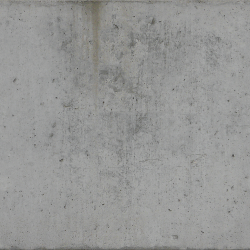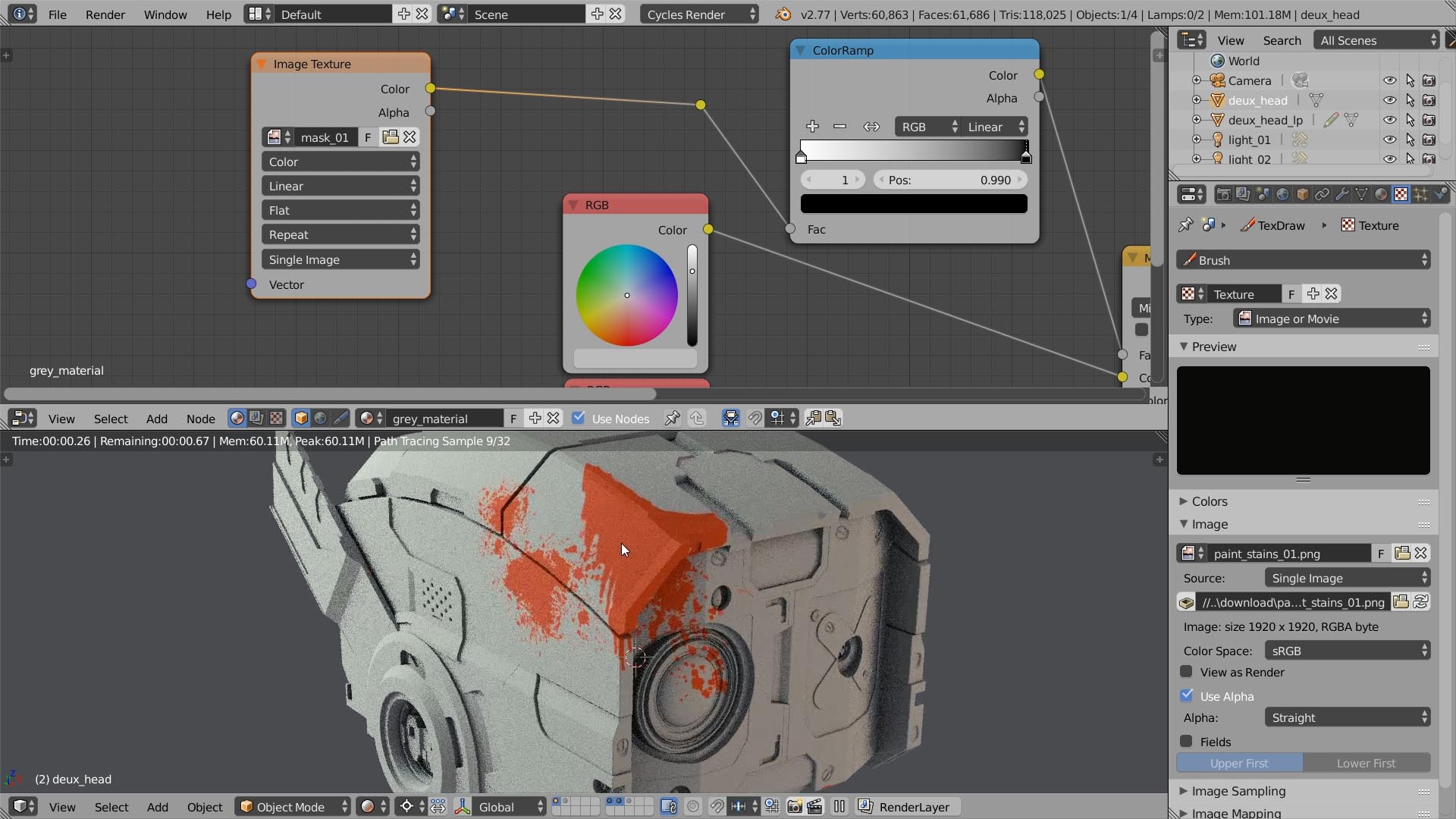

If applying a texture does nothing, or seems to apply a solid color, this can indicate a UV-mapping problem.Try uploading your textures manually in 3D settings.Make sure the path and file names linking the textures are correct.Make sure you include the image files with the upload, and the.Clear Coat Normal Map: 'clearcoat normal map'.Clear Coat Roughness: 'clearcoat roughness'.Subsurface Translucency: 'translucency', 'thickness'.Subsurface Scattering: 'scattering', 'subsurface'.Opacity: 'transparency', 'transparent', 'opacity', 'mask', 'alpha'.Emission: 'emission', 'emit', 'emissive'.Bump Map: 'bump', 'bumpmap', 'heightmap'.Normal Map: 'normal', 'nrm', 'normalmap'.AO: 'ambient occlusion', 'ao', 'occlusion', 'lightmap', 'diffuseintensity'.Glossiness: 'glossiness', 'glossness', 'gloss', 'g', 'glossy'.Metalness: 'metalness', 'metallic', 'metal', 'm'.Diffuse / Albedo / Base Color: 'diffuse', 'albedo', 'basecolor'.


These are the strings we look for in the suffix: If the model has only one material, we will apply textures based on the shader name match regardless of the material's name or the position of the string in the name of the image file. For example, if you have a material named " Material1", you could name your textures like " Material1_diffuse.png", " Material1_metallic.png", etc.Īvoid material names with special characters, especially periods '.', underscores '_', and hyphens '-' because it can break the match.Īvoid material names with matching substrings, for example "handle" and "woodenhandle" in the same scene. The format is " MaterialName_suffix.extension". Use our texture naming conventions to help us automatically choose settings and apply textures to the right shader slots. If you experience issues with compression artifacts, especially on normal maps ("blocky" or "pixelated" textures, please see this post.
3d coat texturing exporting a diffuse texture as a 2d image full#
3D Settings always uses full resolution, uncompressed textures. Textures are re-processed each time you change Material settings, with a small delay. For performance reasons, non-"power of 2" textures will not be used the viewer uses to the closest, smaller version.


 0 kommentar(er)
0 kommentar(er)
